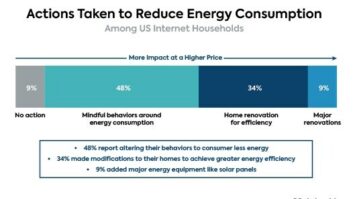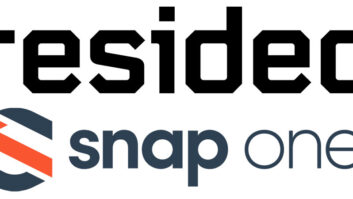Apple’s most recent product announcement event took place on October 27. While the slick new MacBook Pro rightfully stole the show, the significance of its new TV app, also unveiled during the event, should not be overlooked. Designed to aggregate content from multiple streaming video apps into a single, unified interface, the TV app is, in essence, little more than a souped-up version of universal search.

The new TV app is a step in the right direction for Apple TV users who will unquestionably benefit from the convenience this single interface. Currently, there are around 1,600 content providers with apps on Apple’s platform. So even for users who concern themselves with a tiny fraction of these available apps, the benefits of a single search/aggregation app are undeniable. Apple’s new app, however, is equally notable for what it doesn’t include: namely major streaming providers Netflix and Amazon.
The absence of Amazon’s content will come as no surprise to anyone, especially in light of Amazon’s decision to remove Apple TV from its digital shelves around this time last year. Netflix’s abstention however, is much more surprising and frankly doesn’t bode well on the road ahead for Apple. It’s very likely the case that the two companies simply haven’t come to terms yet, and that it’s only a matter of time until they do. But at the root of this presumed negotiation is the key question facing every technology company and cable provider currently battling for streaming market share: who will own Input-Zero?
A relatively new term, “Input-Zero” describes the first and primary source that users turn to in looking for something to watch. For the vast majority of households, the cable/satellite box still has a stranglehold on this position. But, an increasing number of streaming options, combined with a growing distaste for the business practices and antiquated pricing models of MVPDs is slowly, but inexorably changing the market.
With hundreds of millions, if not billions, of dollars at stake, the battle for Input-Zero is not likely to see an end anytime soon. This fight will manifest itself in the refusal of large companies with entrenched interests to play ball when it comes to initiatives that would otherwise plainly benefit consumers. For proof of this, look no further than the refusal by large cable companies like Comcast and Cox to participate in Apple’s forthcoming Single Sign-On service, which is designed to spare users the painful process of individually authenticating dozens of apps. Comcast said that it won’t be participating when the service launches, and Cox’s VP of corporate communications Todd Smith has been quoted saying, in a manner vague enough to be useless, that the company will “keep an eye on it like any other new developments.”
Ultimately, the announcement of the new TV app feels like a small step forward on a very long path. Apple’s intentions with both its new app, and with the previously announced Single Sign-On service, show that the company is at least moving in the right direction. The processes of individually authenticating dozens of apps, then bouncing in and out of them in search of what you’d like to watch, create enough friction to keep the vast majority of consumers from seeing streaming services as a viable option for Input-Zero. It’s clearer than ever that the technical capacity exists to solve these challenges. What’s not clear is how long it will take for a sufficient number of tech companies, MVPDs, and streaming video giants to play ball.







